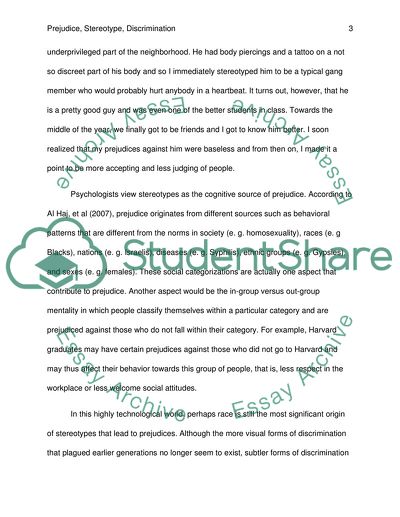Cite this document
(“Prejudice, Stereotypes, and Discrimination Essay - 1”, n.d.)
Prejudice, Stereotypes, and Discrimination Essay - 1. Retrieved from https://studentshare.org/psychology/1582621-prejudice-stereotypes-and-discrimination
Prejudice, Stereotypes, and Discrimination Essay - 1. Retrieved from https://studentshare.org/psychology/1582621-prejudice-stereotypes-and-discrimination
(Prejudice, Stereotypes, and Discrimination Essay - 1)
Prejudice, Stereotypes, and Discrimination Essay - 1. https://studentshare.org/psychology/1582621-prejudice-stereotypes-and-discrimination.
Prejudice, Stereotypes, and Discrimination Essay - 1. https://studentshare.org/psychology/1582621-prejudice-stereotypes-and-discrimination.
“Prejudice, Stereotypes, and Discrimination Essay - 1”, n.d. https://studentshare.org/psychology/1582621-prejudice-stereotypes-and-discrimination.


